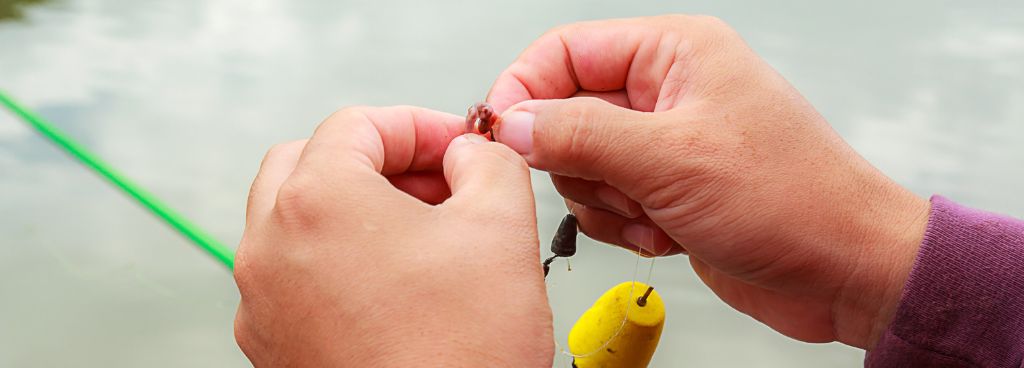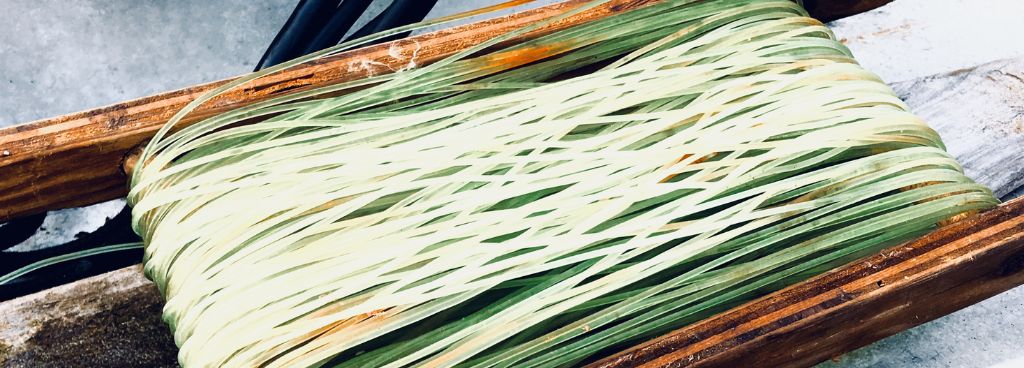Stories Worth Reeling In...
Last Updated on September 27, 2023
When it comes to fishing, having a reliable and durable fishing line is crucial for success on the water. One common question that anglers often ask is, “How long does fishing line last?”
By understanding the factors that influence its lifespan, you’ll be equipped with the knowledge to make informed decisions about your fishing line and improve your overall fishing experience. Let’s dive in and unravel the secrets behind how long the fishing line truly lasts.
Table of Contents
Different materials, such as fluorocarbon, monofilament, and braided lines, have varying levels of durability and resistance to wear. Understanding the properties of each type of line can help you choose the most suitable option for your fishing needs.
Usage frequency and intensity also play a significant role in determining how long the fishing line lasts. Regular and rigorous use, especially in challenging fishing environments, can lead to increased wear and decreased overall lifespan.
Factors such as abrasive structures, rocks, and sharp teeth of fish can contribute to line damage.
External factors like exposure to UV rays and storage conditions can also impact the lifespan of fishing lines. Prolonged exposure to sunlight can cause line degradation over time. It’s important to store your fishing line in a cool, dry place away from direct sunlight to minimize UV damage.
As a rule of thumb, you should replace your fishing line at least once a year. This does not imply that your fishing line will deteriorate after a year. Frequency of usage, kind of fishing line, storage, and line thickness are all factors that influence how frequently you should change your fishing line.
Here are some signs to look out for that indicate it may be time to replace your fishing line:

Here are some tips to help you conduct effective line inspections and recognize early signs of wear:
After each fishing trip, carefully clean your fishing rod and line with a mild soap and water solution to remove any dirt, debris, or saltwater residue. Thoroughly rinse and dry the line before storing it to prevent moisture buildup, which can lead to mold or corrosion
Another effective way to minimize wear on your main fishing line is by using backing and leader materials:
Backing, which is a thinner line or braided material, is attached to the spool before the main line. It serves two purposes: increasing line capacity and preventing the main line from directly contacting the reel spool. This helps to distribute the pressure and minimize wear on the main line.
Similarly, leader lines are sections of heavier or more durable lines attached to the end of the main line. They act as a sacrificial component, taking the brunt of the abrasion and reducing stress on the main line.
Line conditioners and protectants are specifically designed to reduce friction, increase casting distance, and improve line performance. These products typically contain lubricants that help reduce wear and prevent the line from drying out or becoming brittle. Regularly treating your fishing line with these products can help maintain its integrity and extend its overall lifespan.

When considering the lifespan of fishing lines, it is essential to understand the differences between various line materials. Each material offers unique characteristics that can influence its durability and recommended replacement intervals.
By adopting proper maintenance practices and selecting the right line material, you can enhance your overall fishing experience and enjoy successful fishing trips.
Remember, a well-maintained and durable fishing line is a crucial component of your fishing gear. By taking care of your line and making informed decisions, you can make every cast count and increase your chances of landing that prized catch. Happy fishing!